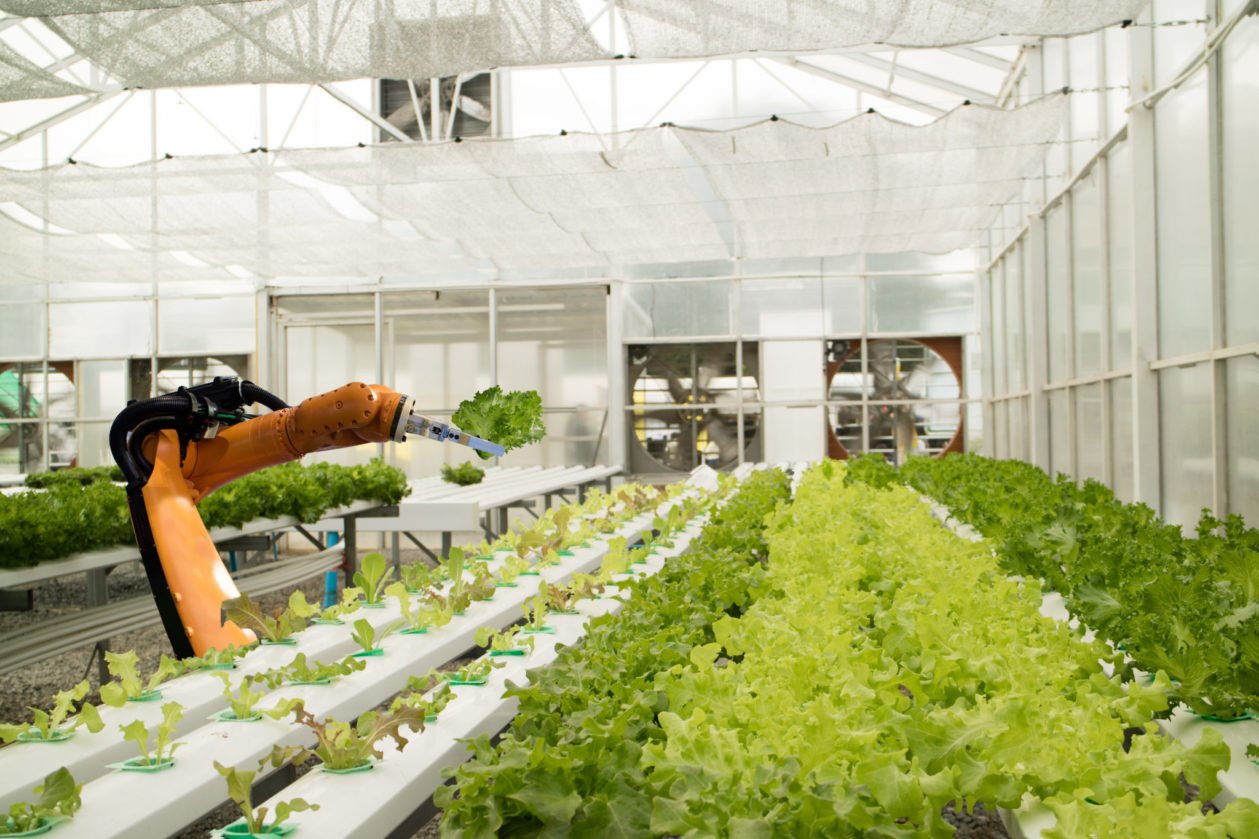Regan Choi, a fruit farmer in Colorado, is wrestling with major hurdles when it comes to this year’s business. Ela Family Farms, a 100-acre farm located in the outskirts of Boulder, has been hit with a double whammy from Mother Nature and COVID-19. Severe frost wiped out the majority of the farm’s flagship produce of peaches, plums and cherries, and the farm’s most seasoned and steadfast workers—who returned to Mexico on a routine trip to visit family—are not likely to return in time for harvest due to the pandemic. In the meantime, harvest is around the corner, and Choi can only hope that solutions surface.
Ela Family Farms is a prime example of the added roadblocks that farmers face under the throes of this pandemic. With schools, businesses and many institutions closed, the food supply chain has been severely disrupted, and health guidelines (including social distancing) require new strategies for organizing manual labor. This adds a layer of complexity to the existing problems of labor shortage, limited water and land supply, the loss of farmable soil and growing business costs. At the same time, growers globally face the pressure of feeding a population estimated to be nine billion by 2050.

The Chinese word for “crisis” is a combination of the characters for “danger” and “opportunity,” and agtech, as a sector, emerged and exists as a solution to some of agriculture’s biggest threats. Agriculture, in recent years, has been embracing innovation and technology as a way to increase efficiency and yield. The relatively new sector is filled with startups (many in early stages) that are developing a variety of hardware and software, which may or may not include artificial intelligence (AI), blockchain, drones, sensors, robotics, automation and big data.
In addition, the sector has seen a number of women founders and leaders, many with extensive backgrounds in STEM, who were driven to enter the agtech sector to create solutions to big picture problems in the food system, including food waste and food access.
New Interest and Opportunities
During the pandemic, some agtech startups have found that interest in their company has grown as farmers grasp for solutions. Mariana Vasconcelos is the cofounder and CEO at Agrosmart, a Brazilian company offering smart farming software that allows remote monitoring of agro-economic data for managerial automation. It is a leading agricultural digital platform in Latin America.

“Demand is going up. Farmers are looking for more technology and need more technology in order to be able to understand what has been going on in the field, especially with the lack of labor,” Vasconcelos says. “They have to keep workers very focused and isolated [socially distanced] as much as possible.”
With a particular eye on reaching small farms, AgroSmart has responded to the demand/interest by reducing prices to increase access and maintaining a full team to “support the farmers to keep producing no matter what.”
AgTools, another agtech startup, tweaked its product due to an uptick in interest and sales from COVID-19. The SAS-powered data platform provides real-time data and analysis to its target customers who are farmers, buyers and shippers of agricultural goods. Demand for real-time information globally has spiked since March, much of it driven by the disruptions in the food supply chain. The startup, based out of Irvine, Calif., is now live streaming updates every 15 seconds. Based on the momentum, AgTools also launched a new slogan, “See more, achieve more.”
“Now, we have people subscribing online on their own, whereas in the past, we had to have a demo or they would ask for our quote,” says AgTools’ founder and CEO Martha Montoya.
For Marrone Bio Innovations (MBI), a bio-based pest management company headquartered in Davis, Calif., COVID-19 offered a bit of kismet when it came to connecting its product with the pandemic. Around the time COVID-19 hit the U.S. in March, MBI received U.S. EPA approval to use its product Jet-Oxide (hydrogen peroxide + peroxyacetic acid) to sanitize industrial food and agricultural hard surfaces. The product, which MBI expected to be used almost solely on leafy greens, is now being used to sanitize surfaces.
In the long run, CEO Pamela Marrone remains optimistic about the agtech sector when it comes to the adoption of innovation. “I think entrepreneurs will continue innovating,” she says. “There are still many problems to solve that won’t be affected by the virus.”
Innovation as Necessity
The pandemic has also shown that automation may not be an alternative but a necessity in food and farming in the near future. AgShift, a San Jose, Calif.-based company, makes an artificial intelligence-enabled food quality inspection platform that is an alternative to manual inspection. The goal is a better, faster and objective quality assessment of produce with a greater mission of reducing food waste, says Miku Jha, AgShift’s founder and CEO. Launched in 2015, the company to date has been focused on berries and nuts, as well as working with large produce companies such as Driscoll’s on beta testing. AgShift had planned another round of fundraising before launching the technology commercially in early spring, but they had to put those plans on hold due to COVID-19 as potential customers found their businesses impacted both financially and operationally.
“We were close to converting it into deployment, but we just got stuck in that one last mile,” Jha says. Despite the setback, the upshot is that “for us, now it’s much clearer that we are absolutely on the right track to what we are offering the food supply chain, because you can’t depend on manual processes. The goal is how quickly can we support many more commodities for any scenarios in the future.” Jha believes innovation will create demand for a workforce with new skillsets and new opportunities.
Back in Colorado, Choi says the farm has made it a priority to explore incorporating innovation into its business. They have adopted technology from an agtech company that produces moisture sensors. She has explored the possibilities of drones and satellite technology that would monitor water and fields. She is keen on blockchain as a way to track and trace all of the produce to oversee food safety. And Choi is open to having robots pick the fruit but says a significant hurdle for smaller farmers is cost.
“The challenge is it really does take time, money and human resources to develop the programming,” Choi says. For the upcoming harvest, she is keeping a wait-and-see attitude. Last year, some family members showed up to help and maybe they will return.
Finally, while the immediate future remains uncertain, there is an overall hopefulness, if not belief, that COVID-19 is further fueling agtech and perhaps creating more space for women founders in the process.
“I believe it is speeding up the digitalization of agriculture, so once the emergency mode has passed and once everybody has a better understanding of the scenarios and have evaluated the risks, they will be more adaptive,” Vasconcelos says. “I am sure this will speed up technology in the field.”
Amy Wu is a writer focused on women’s ag and the agtech movement, as well as the founder and chief content director of From Farms to Incubators. She was ranked as part of Worth’s Groundbreakers 2020: 50 Women Changing the World.







